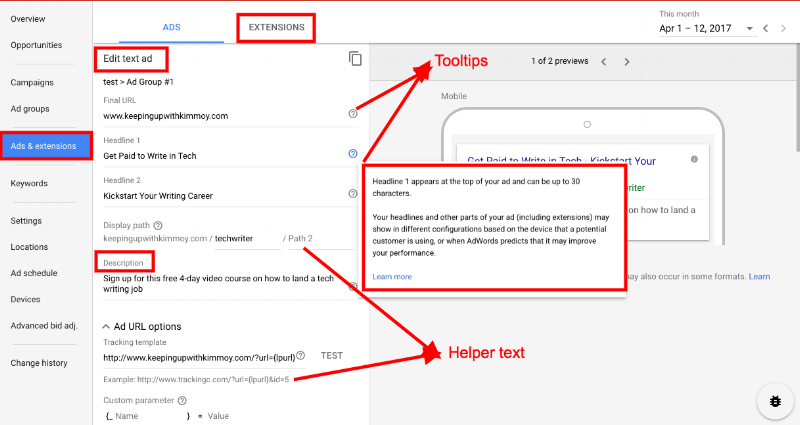It never fails, every single time I tell someone what I do, it's followed by “What does that mean?”
Tech writers convey technical information to a specific audience in an easy-to-understand manner for a specific task. The most common type of content tech writers create are online help articles, manuals, product specifications, procedures, training documentations, etc.
Based on my experiences, tech writing is all about creating content that helps people understand and use a product or service. It could be the next high-tech refrigerator, project management software, or food delivery app.
So, to keep it simple - I write instructions.
The instructions I write typically vary in four ways:
Audience
Product (online application, mobile app, or physical product)
How people consume the instructions (instructional manual, help center articles, videos, etc.)
What they are expected to do with the instructions aka “call-to-action”
Let’s dive into a couple of real-world examples:
Example 1: Writing for online advertisers
At Google, I write instructions for online advertisers who want to launch and improve their Google advertising campaign. The product they use to do so is Google AdWords. How they consume the content is via online help center articles.
I expect my advertisers to implement specific product features that I am responsible for such as create a text ad or add tracking to their website pages. I also write content within Google AdWords itself such as the pop-up alerts that let them know there’s a new product feature for them to try out. I most likely wrote the text they see on buttons, tabs, fields, or other texts to help advertisers navigate their way around Google AdWords.
Example 2: Writing for financial professionals
At my previous role with MSRB - a financial regulatory agency, I had several audiences, but I’ll touch on one specifically - dealers who need to disclose financial information about their dealings. I’m talking about municipal bond type deals, not drug deals LOL.
The municipal securities dealers need instructions on how to submit their data so that they are compliant with the rules set by MSRB. The software product to make those data submissions is called EMMA.
I created a series of instructions in video form because the manuals were quite long and cumbersome. The goal was to help them through the process so that they can continue issuing deals according to the regulations. If that was a bit over your head, maybe this will help.
Example 3: Writing for mobile app developers
If you have the Google maps app on your phone, chances are you've seen a Lyft or Uber icon within the app.
Well, in order for that to happen, developers had to figure out how to integrate their codes so that people can call a Lyft or Uber with just a tap when they search for a destination in the Google maps app.
So, to learn how to integrate their codes, developers need instructions on how to do so. They won't typically find it in a help center article, but they're usually housed in their APIs (application program interface).
As a technical writer, you help write those instructions. You help developers figure out what they need to make their apps integrate and work. Make sense?
Do you have to be an expert in the product?
As you can see, these examples span across very different products and industries. I don’t have a background in online advertising, financial services, or mobile app development, but I am able to learn and apply core technical writing skills to create the right type of content for my audience.
No matter what product you’re writing about, your focus is on who your audience is and how you can help them achieve a specific goal. Don’t fret, 9 times out of 10, you’re not creating content out of thin air. You get to collaborate with developers, product managers, designers, and other experts who can help you create the best content possible for your audience.
Job titles may vary
At the time of writing this, I’m on a contract with Google as a Content Strategist.
Read more about what a typical day looks like for me here.
Prior to this role, my job title was "Technical Writer."
These are just samplings of what you can do as a tech writer.
Your goal as a technical writer, content strategist, website copywriter, UX/UI writer, whatever your title may be, is to make that user experience as easy and seamless as possible with the power of words.
Still have questions about what tech writing is all about? Sign up for my free e-course where I dish about what these type of roles are like, how much they earn, and more.






